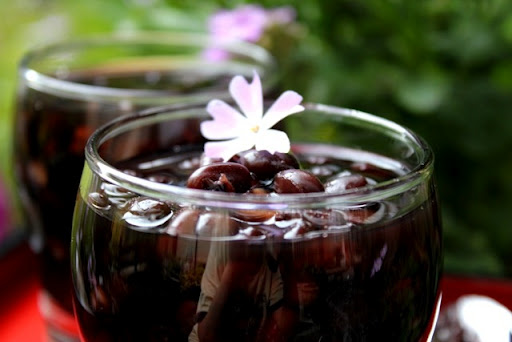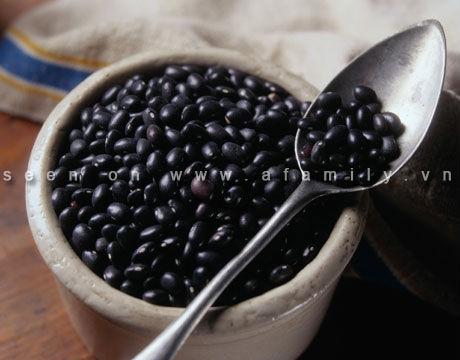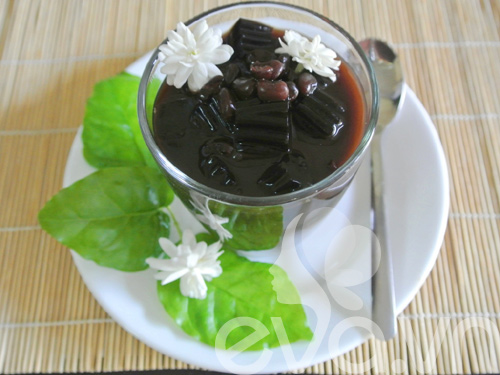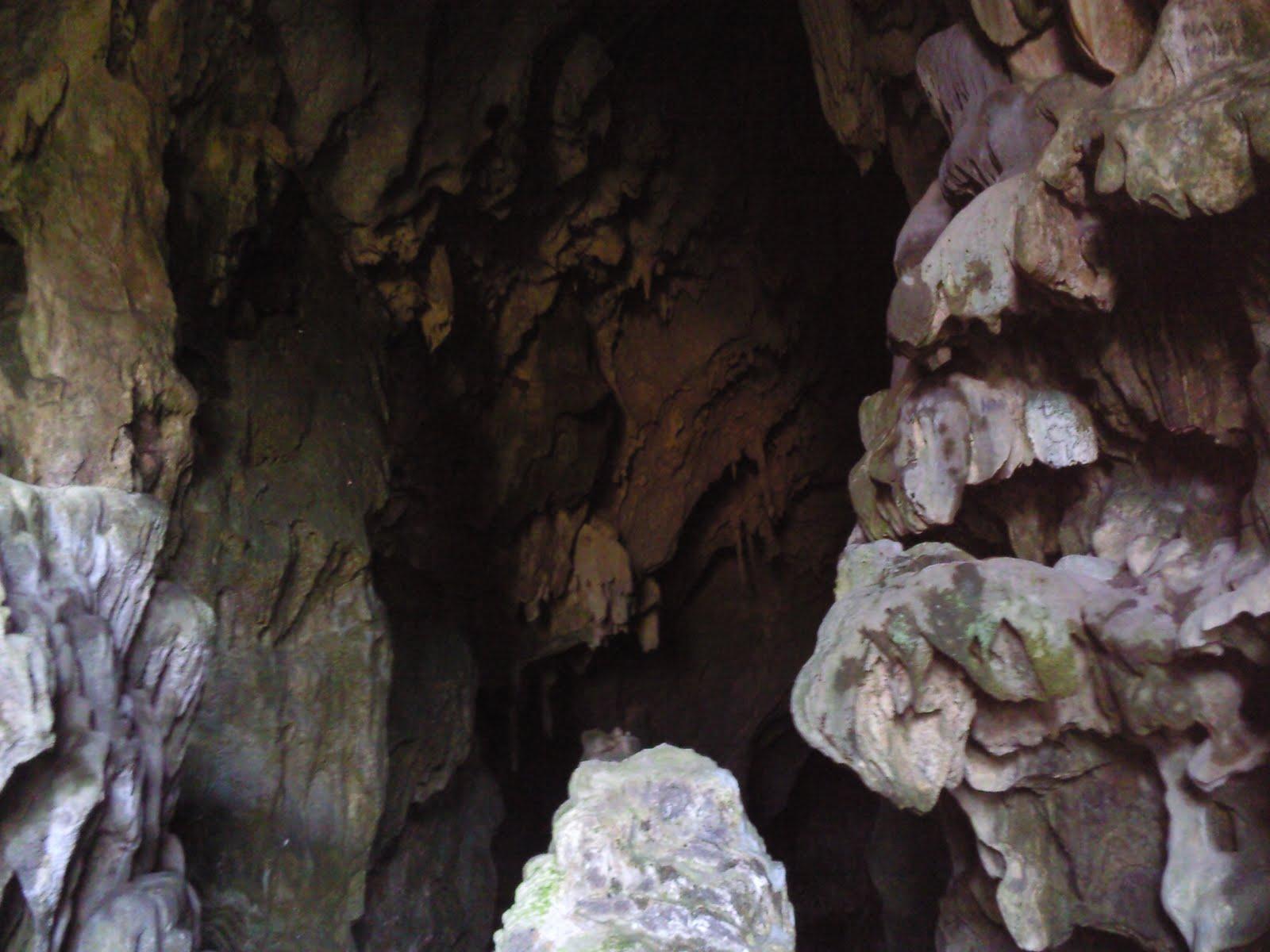Based at the first point of the S-shaped Vietnam, Tra Co beach, one of
the most beautiful beaches, is an important stop-over when tourists
arrive in Vietnam from the north.
Briefings
Tra Co beach is located in the Northeastern extreme of the “S-shaped
Vietnam”,
in Quang Ninh province. It is by the border with China, and around 8
kilometers from Mong Cai mountainous town and some 170 kilometers far
away from
Halong Bay.
With its advantages in terms of location, the beach is the destination
of a number of travelers, especially those who come from China.
To
the west, the province borders an extended forest and mountainous
region. To the east, it is adjacent to the Gulf of Tonkin. It features a
meandering coastline, numerous estuaries and tidal flats, and more than
2,000 large and small islands. Of which 1,030 have been named. The
local annual temperature is around 22.7
oC with two main seasons (Hot and Cold). The best time for swimming is summer season from April to September.
 How to get there?
How to get there?
From
Hanoi, going there by bus is a bit tired because of a long and uneven
way of about 300km, and a long time of 7 hours. However, it is worth
that you can enjoy the scenes of the Red river delta and will be
surprised at different natural beauties from time to time and from plain
to mountainous area.
Getting there by marine seems to be much easier and faster. After visiting
Halong tours
or Cat Ba island, we can take an express boat and reach to the beach
after about two hours. By this way, you can also have a chance of
enjoying the feelings of floating on the sea.
Why should you spend time here?
A fine and fresh sea environment
Tra Co is considered one of “the most lyrical beaches in
Vietnam”
with a wide and plain beach, white and smooth sand, and blue sea water
all the year round. The beach is about 15 kilometers long, on the edge
of Tra Co peninsula, which was created by waves and flows. As a result,
it covers some 3-4m sand-banks. Just nearby you can see a shadowed
casuarinas forest, used to protect the inner village from hurricanes and
the sand from erosion. It is neighboured to an original eco-system of
mangrove forest is the zone lung. Known as one of the most beautiful
beach in Vietnam, Tra Co is occasionally put in comparison with Nha
Trang beach. Accordingly, if Nha Trang is as beautiful as a modern girl,
Tra Co is a coyly rural girl since it has not yet been much exploited
for
tourism.
Tra Co beach is much far from the city, industrial zone and harbour,
which make it possess a cool and pure air, and a quiet and pristine
environment.



A place of easy-to-buy seafood
If
you would like to enjoy fresh seafood, Tra Co fishermen can surely meet
your requirement. The fresh sea foods are always available on the
seaside after fishing time. You can buy what you want at very low
prices. Staying here, you still have a very good opportunity to taste
every sea delicacies of your interest, such as lobsters, sea crabs,
etc., while you can still save your money.
Just
6 kilometers from the beach, there is a place where tourists could
relax by watching the romantic sunrise and sunset. It is the beautiful
Con Mang sand-bank,
whose sand is fairly smooth and so solid that you can ride a motorbike
on it. Imagine that you are sitting on the rocks, listening to the
sounds from the sea waves. This will make you feel free, relaxed, and
harmonized with the nature.
Closed to Con Mang, it is Vietnam’s border point with China,
Sa Vi,
where nature starts to write the “S”-shape of the nation. Tourists can
clearly see China from this point. Though the Border War was left behind
long ago, people can find some underground shelters, scattered along
the two sides.
For those who are interested in local historical
vestiges, Tra Co communal house, the pride of Tra Co people since it was
built long time ago in 1462, should also be a stop-over, if time is
available. Though having been repaired many times, it still retains the
original architectural style as well as the sculptural art.All of six
people who are worshipped in the house came from Do Son, Hai Phong city.
They were the first people to step in the zone and established the
village 400 years ago. Besides, they worship Quan He (Nguyen Huu Cau), a
leader of uprising farmers under Le-Trinh dynasty.
Notes: At
the end of the fifth lunar month, local people always organize the
Village festival. A group of activities, such as boat paddling from Tra
Co to Do Son - the father land, from 25
th to 30
th, cooking competition, boat racing, and so forth.

 Tourist activities
Tourist activities
- Sea-entertainment typs: Swimming, sailing, paddling
- Relaxing in Con Mang sand bank
- Visiting Sa Vi
- Visiting Tra Co communal house
- Enjoying Village Festival in June























